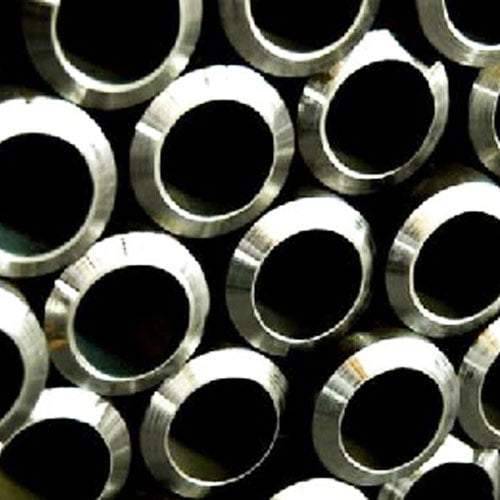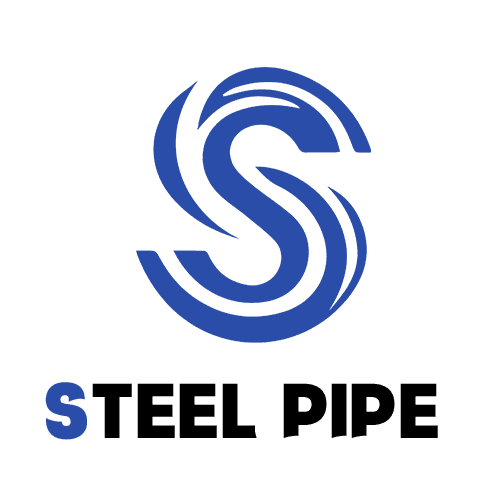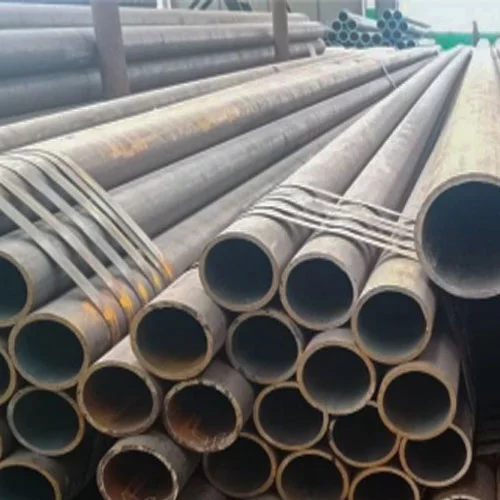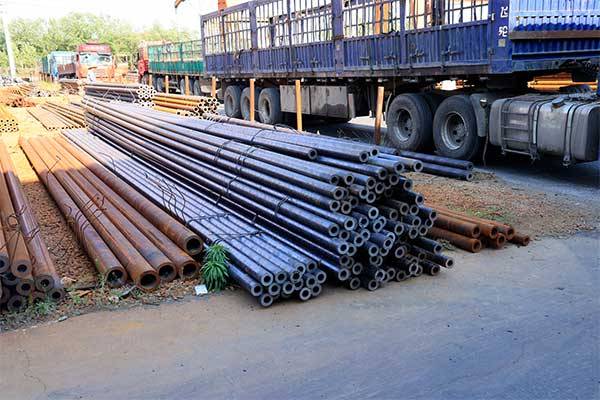Welcome to My Blog!
Before we dive into the content, I’d love for you to join me on my social media platforms where I share more insights, engage with the community, and post updates. Here’s how you can connect with me:
Facebook:https://www.facebook.com/profile.php?id=61559060896490
Now, let’s get started on our journey together. I hope you find the content here insightful, engaging, and valuable.
Table of Contents
Introduction

Stainless hydraulic tubing plays a crucial role in various industries, offering a reliable and efficient means of transmitting hydraulic power. Unlike traditional carbon steel tubing, stainless steel offers superior corrosion resistance, making it ideal for harsh environments and applications where contamination is a concern. This introduction will explore the fundamentals of stainless hydraulic tubing and set the stage for understanding its numerous advantages. Stainless hydraulic tubing is manufactured to precise tolerances, ensuring consistent performance and leak-free operation. The smooth interior surface of stainless steel tubing minimizes friction and pressure drop, optimizing hydraulic system efficiency.
What is Stainless Hydraulic Tubing?
Stainless hydraulic tubing is specifically designed for use in hydraulic systems. It is made from various grades of stainless steel, each offering unique properties to suit different applications. The most common grades include 304, 316, and 316L. These materials exhibit excellent resistance to corrosion, high temperatures, and high pressures. Stainless hydraulic tubing is available in various sizes and wall thicknesses to accommodate different flow rates and pressure requirements.
Why Choose Stainless Steel for Hydraulic Systems?
The choice of stainless steel for hydraulic tubing stems from its exceptional properties. Its resistance to corrosion makes it suitable for applications in marine, chemical processing, and food and beverage industries. The high strength and durability of stainless steel ensure reliable performance under demanding conditions. Furthermore, stainless steel’s hygienic properties make it ideal for applications where cleanliness is paramount.
Key Benefits of Stainless Hydraulic Tubing
Stainless hydraulic tubing offers a multitude of benefits that contribute to improved system performance, longevity, and safety. Here are some of the key advantages:
Superior Corrosion Resistance of Hydraulic Tubing
One of the most significant benefits of hydraulic tubing is its outstanding corrosion resistance. Stainless steel contains chromium, which forms a passive layer on the surface, protecting the underlying metal from rust and corrosion. This makes hydraulic tubing highly suitable for applications exposed to moisture, chemicals, and harsh environments.
Enhanced Durability and Longevity of Hydraulic Tubing
Stainless steel is known for its high strength and durability. Stainless hydraulic tubing can withstand high pressures, vibrations, and mechanical stress without failure. This translates to a longer service life and reduced maintenance costs. The robust nature of stainless hydraulic tubing minimizes the risk of leaks and system downtime.
High Temperature Resistance of Hydraulic Tubing
Stainless steel retains its strength and integrity at elevated temperatures. This makes hydraulic tubing suitable for high-temperature hydraulic systems, such as those found in aerospace, automotive, and industrial processes. The ability to withstand high temperatures ensures reliable performance even in demanding thermal conditions.
Hygienic Properties of Hydraulic Tubing
Stainless steel’s smooth surface and resistance to bacterial growth make it an ideal choice for applications where hygiene is critical. Stainless hydraulic tubing is widely used in food processing, pharmaceutical, and medical industries. The easy-to-clean surface of stainless steel minimizes the risk of contamination and ensures product purity.
Wide Range of Applications for Hydraulic Tubing
Stainless hydraulic tubing finds applications in a diverse range of industries, including:
- Aerospace: Hydraulic control systems, landing gear, and flight controls.
- Marine: Hydraulic winches, steering systems, and offshore platforms.
- Chemical Processing: Chemical transfer, process control, and high-pressure applications.
- Food and Beverage: Food processing equipment, packaging machinery, and beverage dispensing systems.
- Pharmaceutical: Drug manufacturing, sterile processing, and laboratory equipment.
Cost-Effectiveness of Hydraulic Tubing Over the Long Term
While the initial cost of stainless hydraulic tubing may be higher than carbon steel, its long-term cost-effectiveness is significant. The superior corrosion resistance and durability of stainless steel translate to reduced maintenance, repair, and replacement costs. The extended service life of stainless hydraulic tubing minimizes downtime and maximizes system efficiency.
Stainless Steel Hydraulic Tubing Grades and Specifications
Different grades of stainless steel offer varying levels of corrosion resistance, strength, and weldability. Understanding the different grades is crucial for selecting the appropriate tubing for a specific application.
Common Stainless Steel Grades for Hydraulic Tubing
- 304 Stainless Steel: A general-purpose grade with good corrosion resistance and weldability.
- 316 Stainless Steel: Enhanced corrosion resistance, particularly against chlorides and other aggressive chemicals.
- 316L Stainless Steel: A low-carbon version of 316, offering improved resistance to sensitization and intergranular corrosion after welding.
Standards and Specifications for Stainless Hydraulic Tubing
Stainless hydraulic tubing is manufactured to meet various industry standards and specifications, ensuring quality and performance. These standards define dimensional tolerances, mechanical properties, and testing requirements.
Hydraulic Tubing Applications Across Industries
The versatility of ydraulic tubing makes it suitable for a wide array of industrial applications.
Hydraulic Tubing in Aerospace
In the aerospace industry, ydraulic tubing is used in critical applications where reliability and performance are paramount. These applications include flight control systems, landing gear actuation, and hydraulic power units.
Hydraulic Tubing in Marine Environments
The harsh marine environment demands materials with exceptional corrosion resistance. Hydraulic tubing is ideal for marine applications such as hydraulic winches, steering systems, and offshore platforms.
Hydraulic Tubing in the Chemical Processing Industry
The chemical processing industry involves handling corrosive substances. Hydraulic tubing is used for chemical transfer, process control, and high-pressure applications where resistance to chemical attack is essential.
Hydraulic Tubing in Food and Beverage Production
Hygiene and cleanliness are paramount in the food and beverage industry. Hydraulic tubing is used in food processing equipment, packaging machinery, and beverage dispensing systems due to its hygienic properties and resistance to bacterial growth.
Hydraulic Tubing in Pharmaceutical Manufacturing
Sterility and purity are critical in pharmaceutical manufacturing. Hydraulic tubing is used in drug manufacturing, sterile processing, and laboratory equipment to ensure product quality and safety.
Stainless Hydraulic Tubing: Selection and Installation Best Practices
Proper selection and installation of stainless hydraulic tubing are essential for optimal system performance and longevity.
Choosing the Right Stainless Hydraulic Tubing for Your Application
Selecting the correct grade, size, and wall thickness of stainless hydraulic tubing is crucial. Factors to consider include operating pressure, temperature, fluid compatibility, and environmental conditions.
Proper Installation Techniques for Stainless Hydraulic Tubing
Proper installation techniques, including bending, cutting, and joining, are essential to maintain the integrity of the tubing and prevent leaks. Using appropriate tools and following manufacturer recommendations are crucial for successful installation.
Comparison of Stainless Steel vs. Other Tubing Materials
| Feature | Stainless Steel Hydraulic Tubing | Carbon Steel Hydraulic Tubing | Copper Hydraulic Tubing |
|---|---|---|---|
| Corrosion Resistance | Excellent | Poor | Good |
| Strength | High | Moderate | Low |
| Temperature Range | Wide | Limited | Limited |
| Durability | High | Moderate | Moderate |
| Cost | Higher Initial Cost | Lower Initial Cost | Moderate Initial Cost |
| Applications | Harsh environments, high hygiene | General purpose | Low-pressure applications |
Maintaining Stainless Hydraulic Tubing for Optimal Performance

Proper maintenance is crucial for maximizing the lifespan of hydraulic tubing.
Regular Inspection and Cleaning of Hydraulic Tubing
Regular inspection for signs of wear, corrosion, or damage is essential. Cleaning the tubing to remove dirt, debris, and contaminants can help prevent corrosion and maintain system efficiency.
Preventing Corrosion in Hydraulic Tubing Systems
While stainless steel is highly corrosion resistant, certain precautions can further enhance its protection. Avoiding contact with incompatible materials, ensuring proper drainage, and using appropriate cleaning agents can help prevent corrosion.
Conclusion
Stainless hydraulic tubing offers a compelling combination of performance, durability, and cost-effectiveness. Its superior corrosion resistance, high strength, and hygienic properties make it an ideal choice for a wide range of demanding applications. While the initial investment may be higher than other materials, the long-term benefits of reduced maintenance, extended service life, and improved system reliability make stainless hydraulic tubing a valuable investment for any hydraulic system. By understanding the key benefits, selection criteria, and maintenance practices, users can maximize the performance and longevity of their stainless hydraulic tubing systems. Choosing the correct grade and size of hydraulic tubing is paramount to ensuring optimal system performance and safety. Consulting with a reputable supplier can help you select the most suitable tubing for your specific needs. Implementing proper installation techniques and regular maintenance practices will further enhance the lifespan and reliability of your stainless hydraulic tubing system.
FAQ
What are the main advantages of using stainless hydraulic tubing?
The main advantages include superior corrosion resistance, high strength and durability, high-temperature resistance, and hygienic properties.
Where is stainless hydraulic tubing commonly used?
It is commonly used in aerospace, marine, chemical processing, food and beverage, and pharmaceutical industries.
How do I choose the right stainless hydraulic tubing for my application?
Consider factors such as operating pressure, temperature, fluid compatibility, and environmental conditions.
Is stainless hydraulic tubing more expensive than other materials?
The initial cost may be higher, but the long-term cost-effectiveness due to reduced maintenance and replacement makes it a valuable investment.




